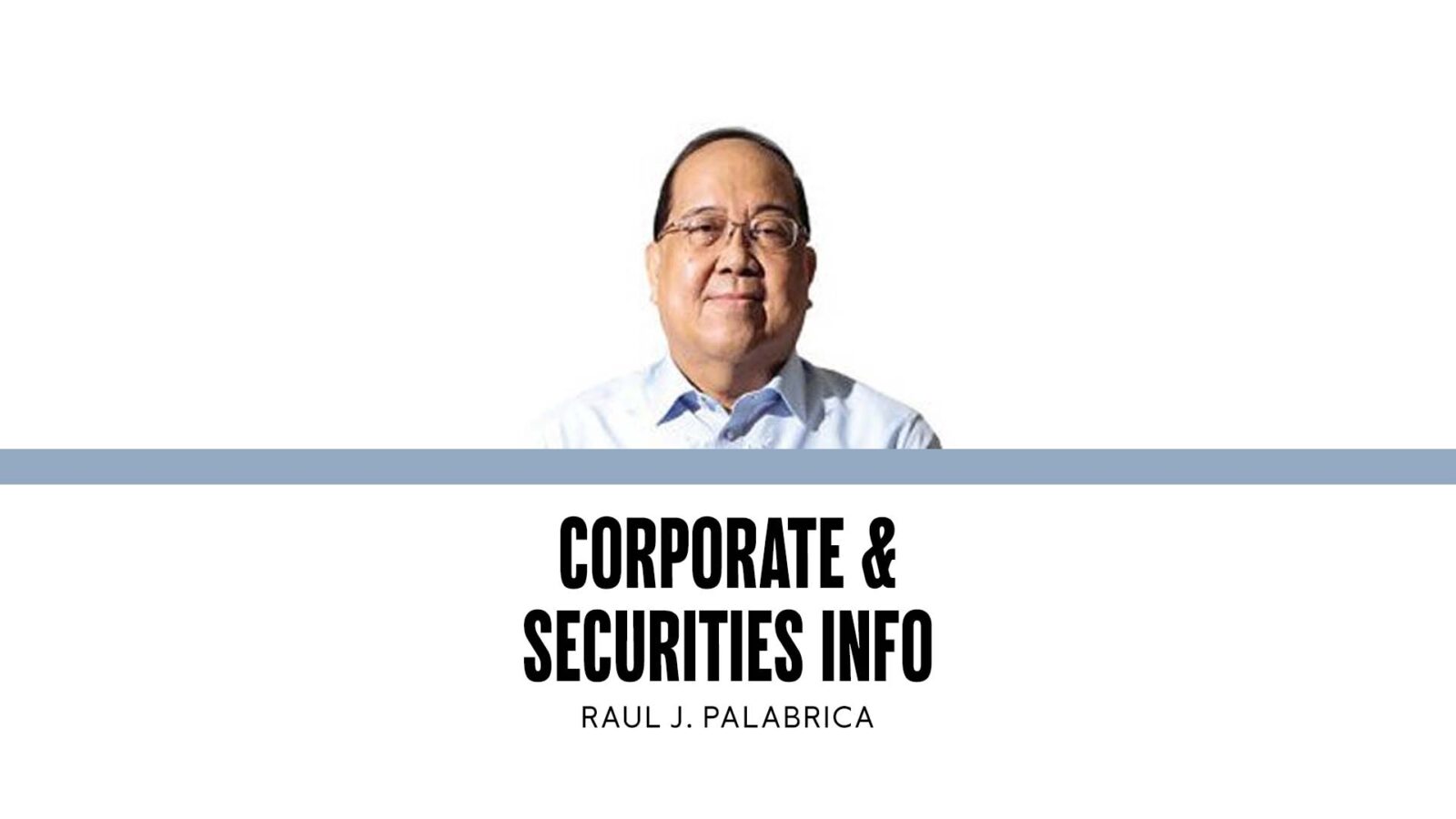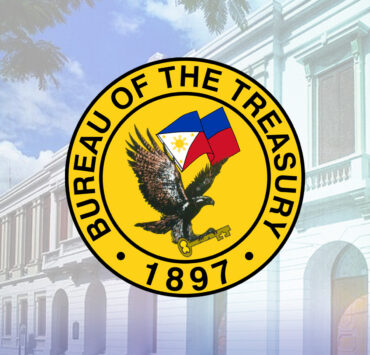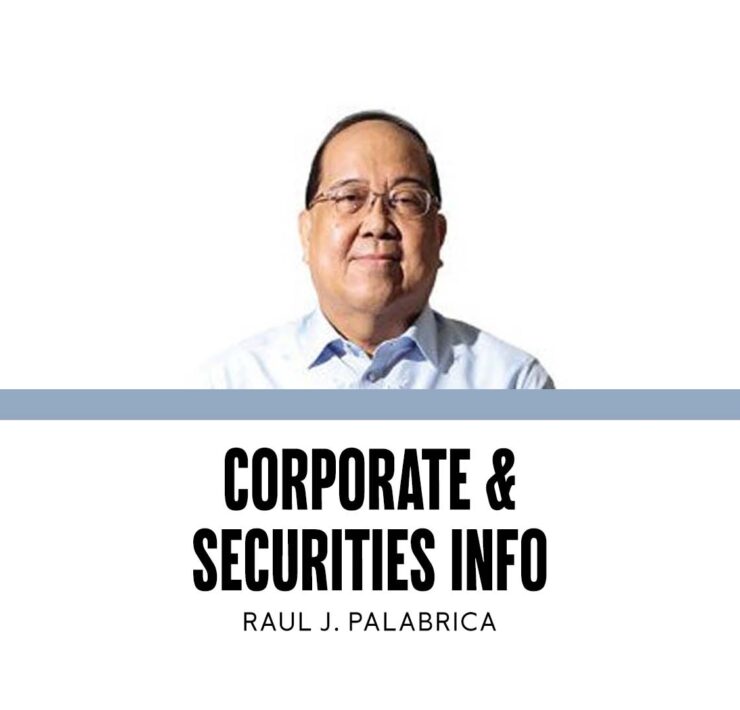Complex trail of beneficial ownership

To help prevent corruption and financial crimes, the Securities and Exchange Commission (SEC) recently released for public comment its draft memorandum circular on Revised Guidelines on Beneficial Ownership Disclosure and Transparency.
The draft memo requires, among others, all entities registered with the SEC to disclose the complete name, specific residential address, nationality and the date when a person became a beneficial owner.
In the corporate context, a beneficial owner is “any individual or group of individuals who either directly or indirectly, has the power to vote or influence the transaction decisions regarding a specific security, such as shares in a company.”
He or she is the power behind the throne, so to speak, and the ultimate beneficiary of the fruits of the corporation’s operations.
The common belief is that the refusal of a beneficial owner to be identified is primarily motivated by malevolent intentions. But it is also possible that his or her desire to remain incognito is to maintain his or her privacy, or prevent from becoming the target of criminal elements.
At present, the disclosure of beneficial ownership is made under oath by the corporate secretary in the General Information Sheet that corporations are required to submit every year to the SEC.
When the revised guidelines take effect, the sanctions for failure to comply with the new disclosure rules would go beyond making the corporate secretary liable for perjury.
This time, stiff fines may be imposed on the corporation and its responsible directors and officers and, in the extreme, the corporation may be deregistered.
The stricter disclosure requirements are aimed at compelling corporations to be more truthful in disclosing the identity of the person or group of persons who really run them or are their true owners.
The identification process would be helpful to the authorities in case a corporation is suspected to be engaged in, or has engaged in financial scams.
By itself alone, however, the disclosure of beneficial ownership would be insufficient to accomplish that objective. There are various ways and means by which crafty lawyers and accountants have been able to conceal true beneficial ownership without raising red flags or arousing suspicion from the regulators.
Like looking for a ‘needle in the haystack’
The most prevalent practice is the “corporate layering” method. In a nutshell, this involves making a certain corporation the major stockholder. If the capital structure of this corporation is examined, its stockholders are also corporations and the latter are similarly owned by other corporations.
Determining the identity of the true owners would be like looking for a needle in the haystack because the corporations named are either shell companies, trust accounts or registered elsewhere in the world.
And even if the people behind these entities are identified, getting significant information about them could be stymied by strict data privacy rules in their place of registration. This assumes that the stated addresses are genuine, or really exist, which is not often the case.
Then there is the scheme of spreading majority stock ownership to several individual or corporate stockholders to give the impression that the stocks are widely owned.
But in reality, those stockholders are associated with each other and they quietly vote their shares in unison at the instructions of the stocks’ true owners. To dispel any possible conspiracy imputation, these stockholders are carefully chosen that they do not, directly or indirectly, have any filial, business or professional ties with the owners.
No doubt, corporations engaged in legitimate operations would have no problem complying with the SEC’s revised guidelines on disclosure of beneficial ownership. After all, they have nothing to hide.
Given the innate capacity of some lawyers and accountants to find loopholes in regulatory issuances, identifying and prosecuting business entities that use their corporate platform to engage in illegal activities is going to be a cat-and-mouse game for the SEC.


















